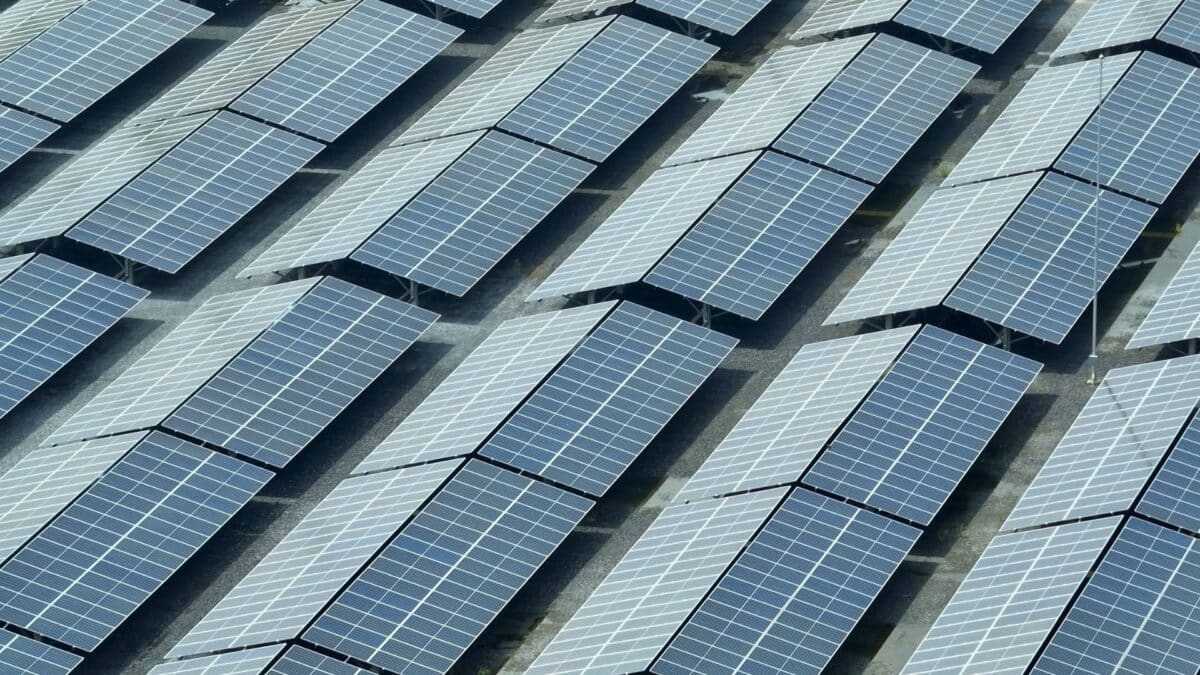The Independent Pricing and Regulatory Tribunal (IPART) of New South Wales has released updated guidance for solar feed-in tariffs for the 2025/26 financial year. This annual adjustment reflects changes in wholesale electricity prices and aims to provide solar energy system owners with a benchmark for the payments they might receive when exporting surplus electricity to the grid.
Feed-in tariffs represent a crucial aspect of solar energy economics in New South Wales, influencing the financial returns for homeowners and businesses investing in solar panels. As the state continues to expand renewable energy adoption, these tariff adjustments play an important role in shaping consumer decisions and energy market dynamics.
Updated Feed-in Tariff Ranges Reflect Rising Wholesale Prices
IPART has set the new recommended flat rate feed-in tariff for 2025/26 between 4.8 and 7.3 cents per kilowatt-hour (kWh), an increase from the previous year’s range of 4.9 to 6.3 cents. This upward revision on the high end reflects the expectation that wholesale electricity prices will be higher during times when solar power systems typically export energy to the grid.
Despite the increase, feed-in tariffs remain significantly lower than retail electricity prices. Retailers must cover various costs such as network charges, payments for environmental programs, and operational expenses like billing and customer service. The disparity between wholesale prices and retail rates also reflects the volatility in wholesale markets, where prices can fluctuate sharply depending on factors like renewable energy availability and demand.
Your power bills didn’t spike by accident.
— Kurt Mahlburg (@k_mahlburg) May 27, 2025
New research from @TheIPA reveals how Australians were forced to hand over $1.7 billion in 2024 — much of it to foreign-owned solar companies.
Here’s what’s really driving your energy costs 🧵 pic.twitter.com/wiyAB2Rdkz
Importance of Maximizing Self-Consumption and Battery Storage
The real economic benefit for solar system owners often lies not in feed-in tariff income but in maximizing the self-consumption of solar energy. Avoiding electricity purchases from the grid at retail prices, which remain comparatively high, provides greater savings than exporting surplus power.
Homeowners can increase self-consumption by installing battery storage systems, which store excess solar energy for use during evenings or periods of low solar generation. New South Wales offers a battery rebate scheme that, combined with a forthcoming federal government rebate, supports solar owners in adopting home energy storage. Misha Schubert, CEO of the Super Members Council, highlights the significance of these incentives in boosting energy independence and reducing grid reliance.
Variability in Retailer Feed-in Offers and Plan Selection
While IPART’s guidance provides benchmark tariff ranges, New South Wales electricity retailers are not mandated to offer feed-in tariffs within these levels or at all. Many retailers do align with IPART’s recommendations, but the actual tariffs can vary substantially across providers and plans.
Solar owners must carefully evaluate electricity plans, balancing feed-in tariffs with consumption charges and daily fees. Simple, fixed consumption tariffs often suit solar-only owners, while those with battery storage may benefit from time-of-use tariffs that offer lower rates during off-peak hours. Using tools such as the SolarQuotes electricity plan comparison can help consumers identify plans that maximize their overall savings.
Challenges and Outlook for Solar Feed-in Tariffs
Wholesale electricity prices in New South Wales can experience negative pricing during periods of high renewable generation, putting downward pressure on feed-in tariffs. Additionally, rising transmission and infrastructure costs linked to the state’s Electricity Infrastructure Roadmap contribute to upward pressure on retail electricity prices, complicating the relationship between feed-in tariffs and overall electricity costs.
The interplay of these factors means feed-in tariffs will likely remain modest relative to retail rates, reinforcing the importance of self-consumption strategies for solar owners. Policymakers and industry stakeholders continue to monitor market developments to ensure tariffs and incentives remain aligned with evolving energy landscapes and consumer needs.









